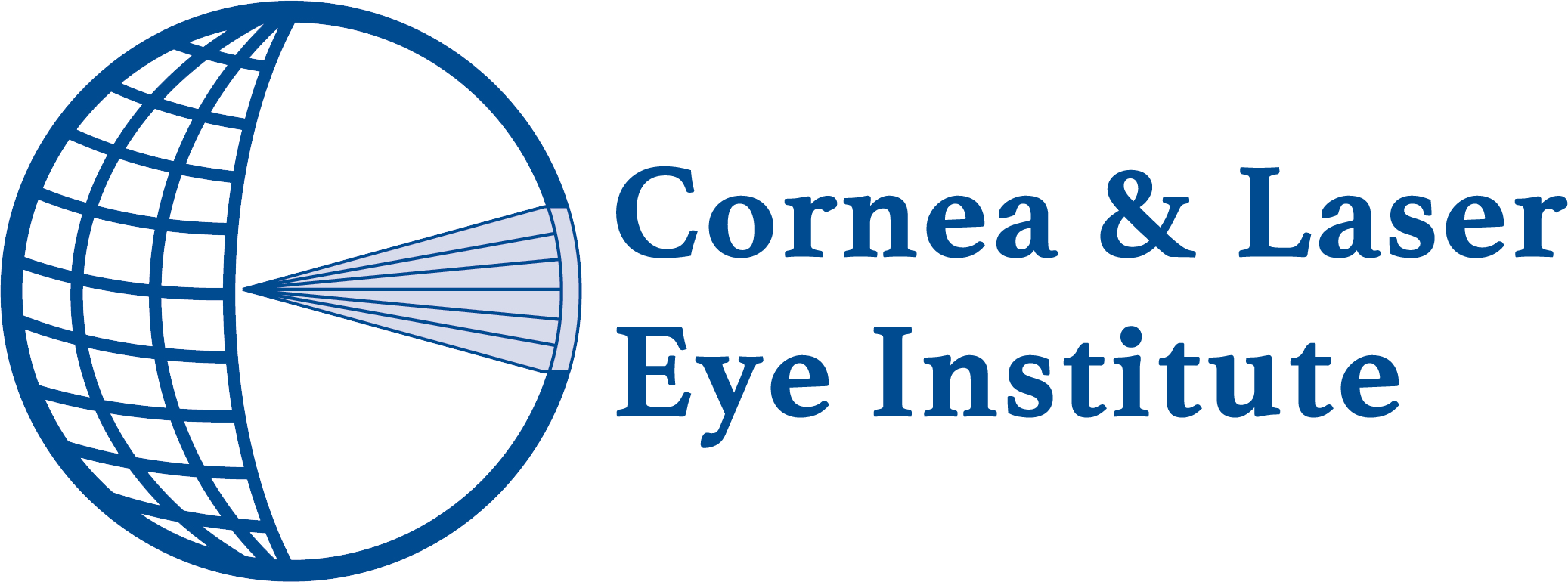
If you’ve been struggling with a high prescription for years, you might be wondering if LASIK eye surgery could be the solution to your vision problems. LASIK (Laser-Assisted In Situ Keratomileusis) has become increasingly popular for correcting various refractive errors, but is it suitable for those with extreme prescriptions? In this comprehensive guide, we’ll explore the ins and outs of LASIK for high prescriptions, including success rates, requirements, and important considerations to help you make an informed decision about your vision correction options.
Understanding LASIK for High Prescriptions
LASIK surgery has revolutionized vision correction for millions of people worldwide. This laser eye surgery reshapes the cornea to correct refractive errors such as myopia (nearsightedness), hyperopia (farsightedness), and astigmatism. While LASIK is highly effective for most patients with mild to moderate prescriptions, those with high prescriptions often wonder if they can benefit from this procedure.
High prescriptions typically refer to:
- Myopia: -6.00 diopters or higher
- Hyperopia: +4.00 diopters or higher
- Astigmatism: 3.00 diopters or higher
For individuals with these extreme prescriptions, LASIK can be more challenging but not impossible. Advanced technology and surgical techniques have expanded the range of prescriptions that can be treated with LASIK. However, it’s crucial to understand that the higher your prescription, the more complex the procedure becomes, and the risks may increase accordingly.
When considering LASIK for high prescriptions, it’s essential to consult with an experienced refractive surgeon (someone certified in both ophthalmology and refractive surgery) who can evaluate your specific case and determine if you’re a suitable candidate. They will consider factors such as your corneal thickness, overall eye health, and the stability of your prescription to make an informed recommendation.
LASIK Prescription Limits: How High is Too High?
The FDA approval for LASIK is for prescriptions of nearsightedness up to -12.00, farsightedness up to +6.00, and astigmatism up to 6.00D. An experienced surgeon will consider patients on a case-by-case basis, and most will set a prescription limit that is lower than the FDA approved corrections.
At CLEI we offer advanced screening which is critical to determine if you are a suitable candidate for LASIK to treat your glasses prescription. These cases require careful evaluation and may carry additional risks. If your prescription exceeds the limits mentioned above, your surgeon might recommend alternative vision correction options, which we’ll discuss later in this article.
LASIK Requirements: Are You a Suitable Candidate?
Determining your suitability for LASIK involves more than just your prescription. Several factors contribute to whether you’re a good candidate for the procedure, especially if you have a high prescription. Here are the key LASIK requirements to consider:
- Age: You should be at least 18 years old, with a stable prescription for at least one year.
- Corneal thickness: Adequate corneal thickness is a consideration for LASIK, particularly with high prescriptions. Your surgeon will measure your corneal thickness to ensure there’s enough tissue to safely reshape.
- Eye health: Your eyes should be free from any active eye diseases, infections, or injuries.
- Overall health: Certain medical conditions and medications can affect your eligibility for LASIK.
- Realistic expectations: Understanding the potential outcomes and limitations of LASIK for high prescriptions is essential.
- Dry eyes: Dry eye syndrome may need to be addressed before considering LASIK.
- Prescription stability: Your prescription should not have changed significantly in the past year.
- Pregnancy and nursing: It’s recommended to wait until after pregnancy and nursing to undergo LASIK.
- Previous eye surgeries: If you’ve had previous eye surgeries, it may affect your eligibility for LASIK.
Your eye surgeon will conduct a comprehensive eye exam to evaluate these factors and determine if you’re a suitable candidate for LASIK, even with a high prescription. Be prepared to discuss your medical history, lifestyle, and vision goals during your consultation.
Alternative Vision Correction Options for Extreme Prescriptions
If your prescription is deemed too high for LASIK or if you’re not a suitable candidate for other reasons, don’t lose hope. There are several alternative vision correction options available for extreme prescriptions:
- Implantable Collamer Lens (ICL): These implantable lenses are placed in front of your natural lens to correct high refractive errors. They can be an excellent option for very high myopia or hyperopia that exceeds LASIK limits.
- Photorefractive Keratectomy (PRK): PRK is a surface ablation procedure that can sometimes treat higher prescriptions than LASIK, especially in cases with thinner corneas.
- Refractive Lens Exchange (RLE): This procedure replaces your natural lens with an artificial intraocular lens, similar to cataract surgery. It can correct high prescriptions and presbyopia simultaneously.
Each of these alternatives has its own set of benefits, risks, and considerations. Your eye surgeon can help you explore these options and determine which might be best suited for your unique situation.
Choosing the Right LASIK Surgeon for Complex Cases
When considering LASIK for a high prescription, selecting the right surgeon becomes even more crucial. Here are some key factors to consider when choosing a LASIK surgeon for complex cases:
- Experience with high prescriptions: Look for a surgeon who regularly performs vision correction surgery on patients with high prescriptions and has a track record of successful outcomes.
- Advanced technology: Ensure the clinic uses state-of-the-art diagnostic and equipment specifically designed for treating high prescriptions.
- Comprehensive screening process: A thorough pre-operative evaluation is essential to determine your suitability for LASIK or other vision correction options, and to plan the most appropriate treatment.
- Customized treatment plans: The surgeon should offer personalized treatment plans tailored to your unique eye characteristics and vision needs.
- Transparent communication: Choose a surgeon who clearly explains the procedure, potential risks, and expected outcomes specific to your high prescription case.
- Board certification and credentials: Verify that the surgeon is board-certified in ophthalmology and refractive surgery, with specific training in refractive surgery.
- Patient reviews and testimonials: Look for feedback from other patients with high prescriptions who have undergone vision correction surgery with the surgeon.
- Follow-up care: Ensure the clinic provides comprehensive post-operative care and is equipped to handle any potential complications.
- Multiple treatment options: A surgeon who offers various vision correction procedures can provide unbiased advice on the best option for your high prescription.
- Success rates: Ask about the surgeon’s personal success rates for high prescription LASIK/vision correction surgery and how they compare to national averages.
At CLEI, we have extensive experience, training, and technology at our disposal. Our surgeons are board certified in ophthalmology and refractive surgery as well. Don’t hesitate to schedule a consultation with us. We would be happy to discuss your case.
Conclusion: Is LASIK Right for Your High Prescription?
LASIK for high prescriptions can be a life-changing procedure for many individuals, offering the possibility of reduced dependence on glasses or contact lenses. However, it’s not without its challenges and considerations. As you contemplate whether LASIK is right for your high prescription, keep these key points in mind:
- LASIK can often treat higher prescriptions than many people realize, but there are limits.
- The procedure requires additional expertise and advanced technology for optimal results.
- Risks and potential complications may be slightly elevated for high prescriptions.
- Alternative vision correction options are available if you’re not a suitable candidate for LASIK.
Ultimately, the decision to undergo LASIK for a high prescription should be made in close consultation with an experienced refractive surgeon. Remember, your vision is precious, and making an informed decision is crucial. Whether LASIK turns out to be the right choice for you or not, there are numerous options available to help you achieve your best possible vision. Take the time to research, ask questions, and choose the path that aligns best with your individual needs and goals.



